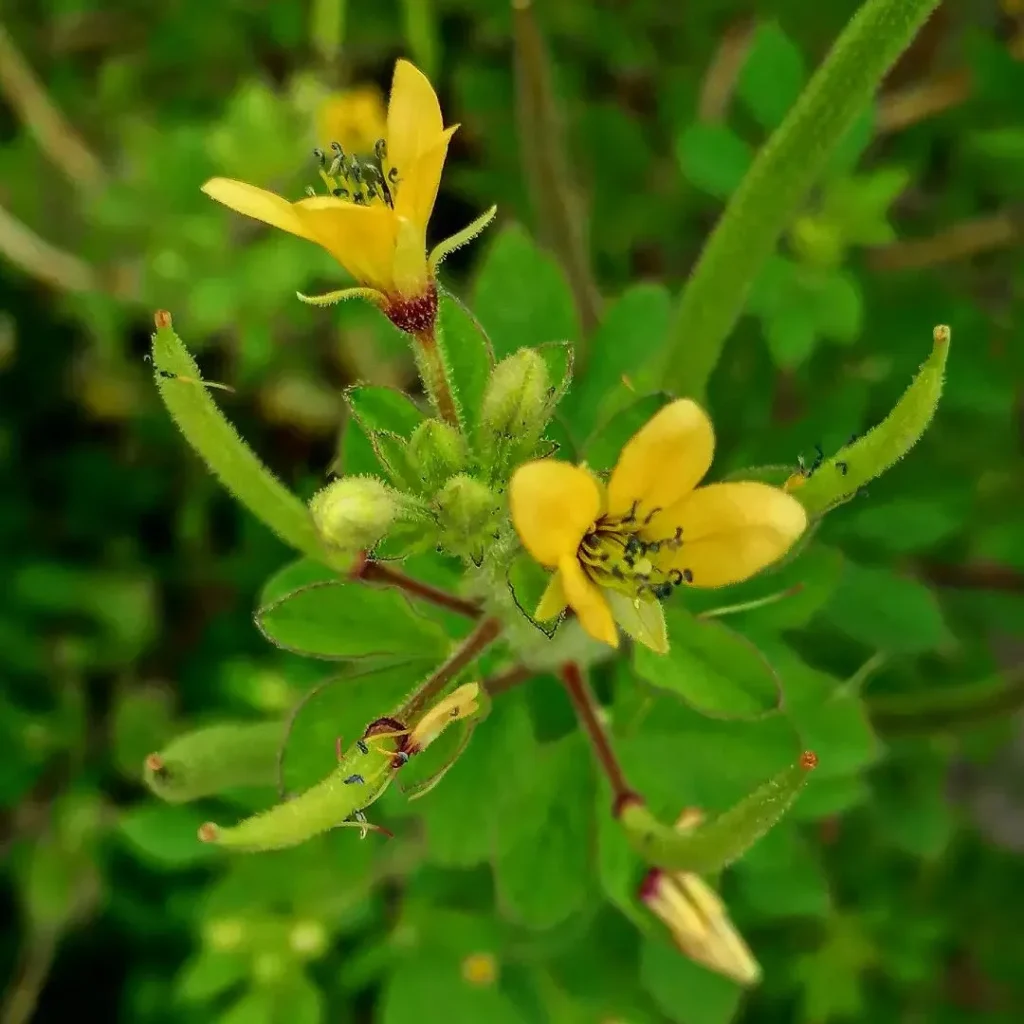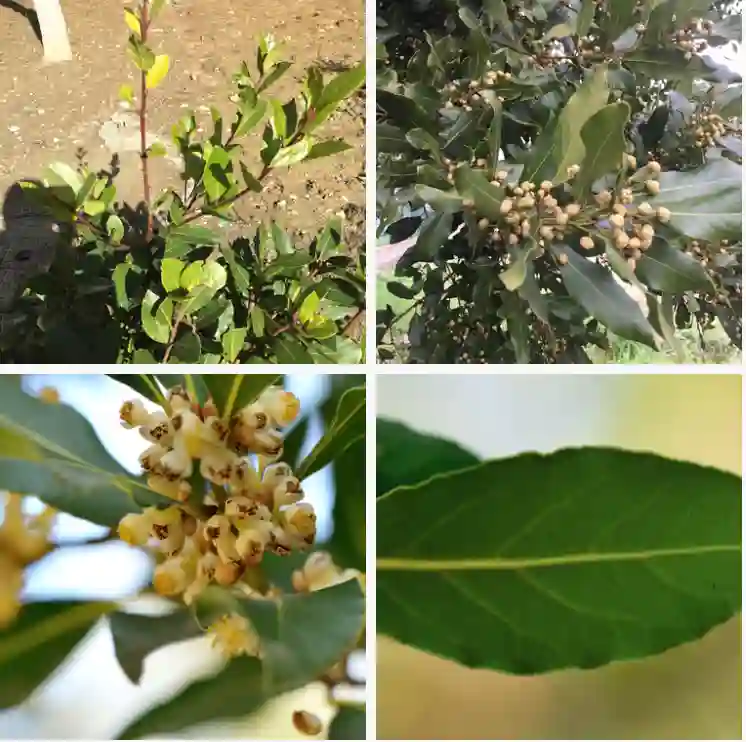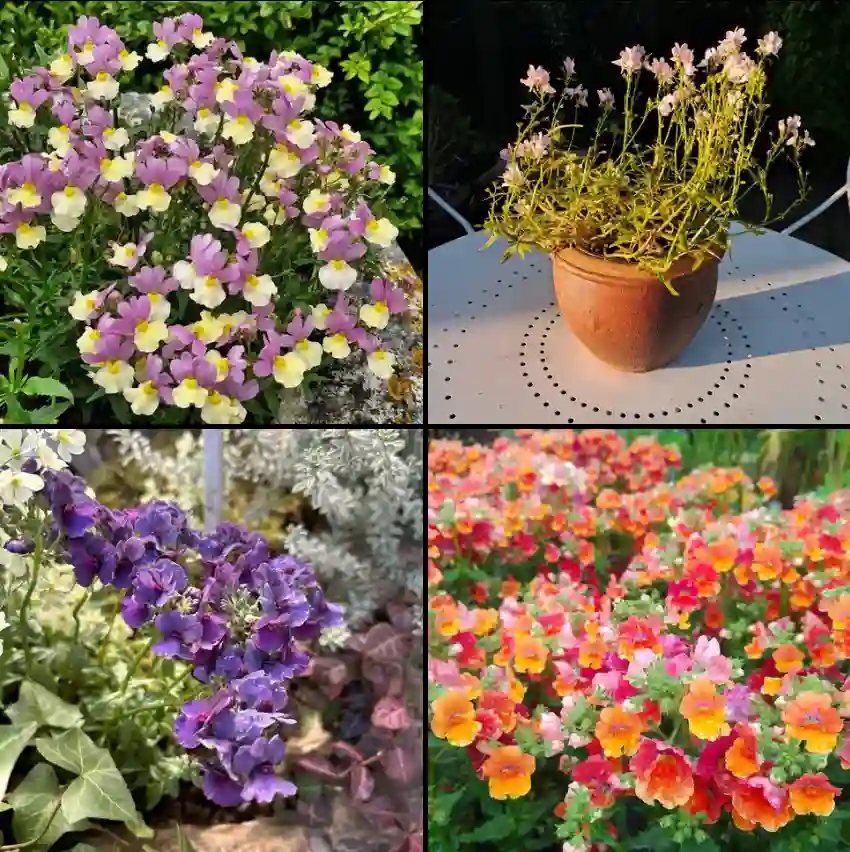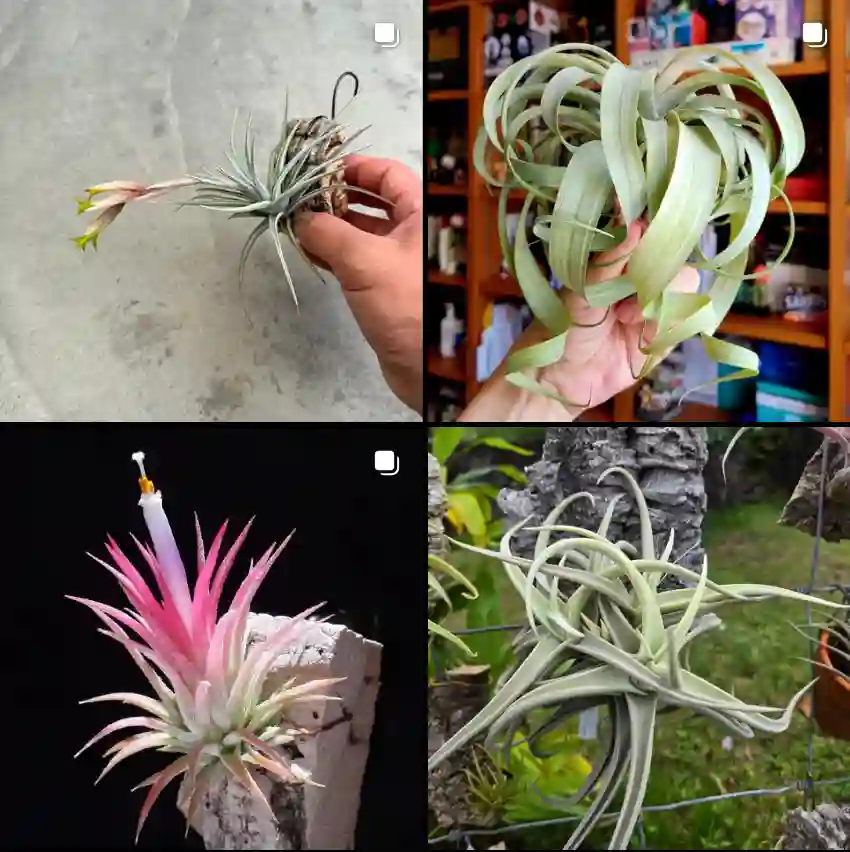Exploring the Polypodiaceae Family
As a plant enthusiast, I find myself constantly drawn to the intricate world of ferns, especially those belonging to the Polypodiaceae family. This family, also known as the polypody family, encompasses a wide variety of ferns that are not only diverse but also have unique characteristics. In this article, I will share my experiences and insights into the Polypodiaceae family, highlighting some of its fascinating genera.
Overview of the Polypodiaceae Family
The Polypodiaceae family consists of roughly 66 genera and about 1,500 species of ferns. These ferns are primarily found in tropical and subtropical regions, although some species can be found in temperate areas as well. One of the things I love about Polypodiaceae ferns is their adaptability. Many of them thrive in various habitats, from rainforests to rocky outcrops.
The family is characterized by its leathery leaves, known as fronds, which often have a unique, lobed shape. The sporophytes are typically epiphytic or terrestrial, and they reproduce via spores rather than seeds, which adds to their charm. As I delve deeper into this family, I have discovered numerous genera that capture my interest.
Notable Genera in the Polypodiaceae Family
1. Polypodium
65 Species in Genus Polypodium
Polypodium is one of the most well-known genera in the Polypodiaceae family. I find it fascinating how the species in this genus are often referred to as “polypody ferns.” They typically have long, narrow fronds that can be quite striking. I remember coming across Polypodium vulgare, commonly known as the common polypody, during a hike. Its evergreen nature and ability to thrive in various conditions made it stand out.
2. Microsorum
33 Species in Genus Microsorum
Another genus that piques my interest is Microsorum. These ferns are often used in ornamental gardening due to their attractive foliage. The species Microsorum pteropus, known as the Java fern, is particularly popular among aquarists. I’ve had the pleasure of keeping this fern in my aquarium, and it adds a lush green aesthetic to the underwater landscape. The ease of care and adaptability to low light conditions make it a favorite among plant enthusiasts.
3. Nephrolepis
33 Species in Genus Nephrolepis
Nephrolepis, commonly known as the sword ferns, is another notable genus. I have a special fondness for Nephrolepis exaltata, or the Boston fern. Its feathery fronds create a beautiful cascading effect that can elevate any indoor space. I remember my first Boston fern; it thrived in my home, bringing a touch of nature indoors.
4. Other genera
- Adetogramma T.E.Almeida
- Arachniodes Blume
- Arthropteris J.Sm.
- Bolbitis Schott – 74 Species in Genus Bolbitis
- Bosmania Testo
- Campyloneurum C.Presl
- Ctenitis (C.Chr.) C.Chr.
- × Cyclobotrya Engels & Canestraro
- Cyclodium C.Presl
- Cyclopeltis J.Sm.
- Cyrtomium C.Presl
- Davallia Sm.
- Davallodes Copel.
- Dictymia J.Sm.
- Dracoglossum Christenh.
- Draconopteris Li Bing Zhang & Liang Zhang
- Drynaria (Bory) J.Sm.
- Dryopolystichum Copel.
- Dryopteris Adans. – 432 Species in Genus Dryopteris
- × Dryostichum W.H.Wagner
- Elaphoglossum Schott ex J.Sm.
- Goniophlebium (Blume) C.Presl
- Grammitis Sw.
- Hypoderris R.Br.
- Lastreopsis Ching
- Lecanopteris Reinw.
- Lepisorus (J.Sm.) Ching
- Leptochilus Kaulf.
- Lomagramma J.Sm.
- Lomariopsis Fée
- Loxogramme (Blume) C.Presl
- Maxonia C.Chr.
- Megalastrum Holttum
- Mickelia R.C.Moran, Labiak & Sundue
- Microgramma C.Presl – 34 Species in Genus Microgramma
- Niphidium J.Sm.
- Oleandra Cav.
- Olfersia Raddi
- Parapolystichum (Keyserl.) Ching
- Pecluma M.G.Price
- Phanerophlebia C.Presl
- Phlebodium (R.Br.) J.Sm.
- × Phlebosia Viane & Pompe
- Phymatosorus Pic.Serm.
- Platycerium Desv. – 30 Most Popular Staghorn Fern – Platycerium Varieties
- Pleocnemia C.Presl
- Pleopeltis Humb. & Bonpl. ex Willd.
- Pleurosoriopsis Fomin
- Podosorus Holttum
- Polybotrya Humb. & Bonpl. ex Willd.
- Polydictyum C.Presl
- Polystichopsis (J.Sm.) Holttum
- Polystichum Roth
- Pteridrys Christensen & Ching
- Pyrrosia Mirb.
- Rumohra Raddi
- Selliguea Bory
- Serpocaulon A.R.Sm.
- Stenolepia Alderw.
- Stigmatopteris C.Chr.
- Synammia C.Presl
- Tectaria Cav.
- Teratophyllum Mett. ex Kuhn
- Thylacopteris Kunze ex J.Sm.
- Trichoneuron Ching
- Triplophyllum Holttum
Cultivating Polypodiaceae Ferns
Cultivating ferns from the Polypodiaceae family can be a rewarding experience. Over the years, I’ve learned that these ferns prefer indirect light and high humidity, making them ideal for indoor gardening. I often mist my ferns to keep them happy and healthy. Additionally, using a well-draining potting mix ensures their roots do not sit in water, preventing root rot.
One of my favorite ways to propagate ferns is through division. When my ferns outgrow their pots, I carefully divide the root ball and replant the sections. This method not only helps manage their size but also allows me to share these beautiful plants with friends and family.
Conclusion
The Polypodiaceae family is a treasure trove of diversity, with each genus offering its unique charm and characteristics. Whether it’s the resilience of Polypodium, the ornamental appeal of Microsorum, or the historical significance of Lepidopteris, there’s so much to explore and appreciate within this family. As I continue my journey in the world of ferns, I look forward to discovering more about these captivating plants and sharing my experiences with fellow plant enthusiasts. If you’re considering adding some greenery to your space, I highly recommend exploring the wonderful world of Polypodiaceae ferns!
If i die, water my plants!



